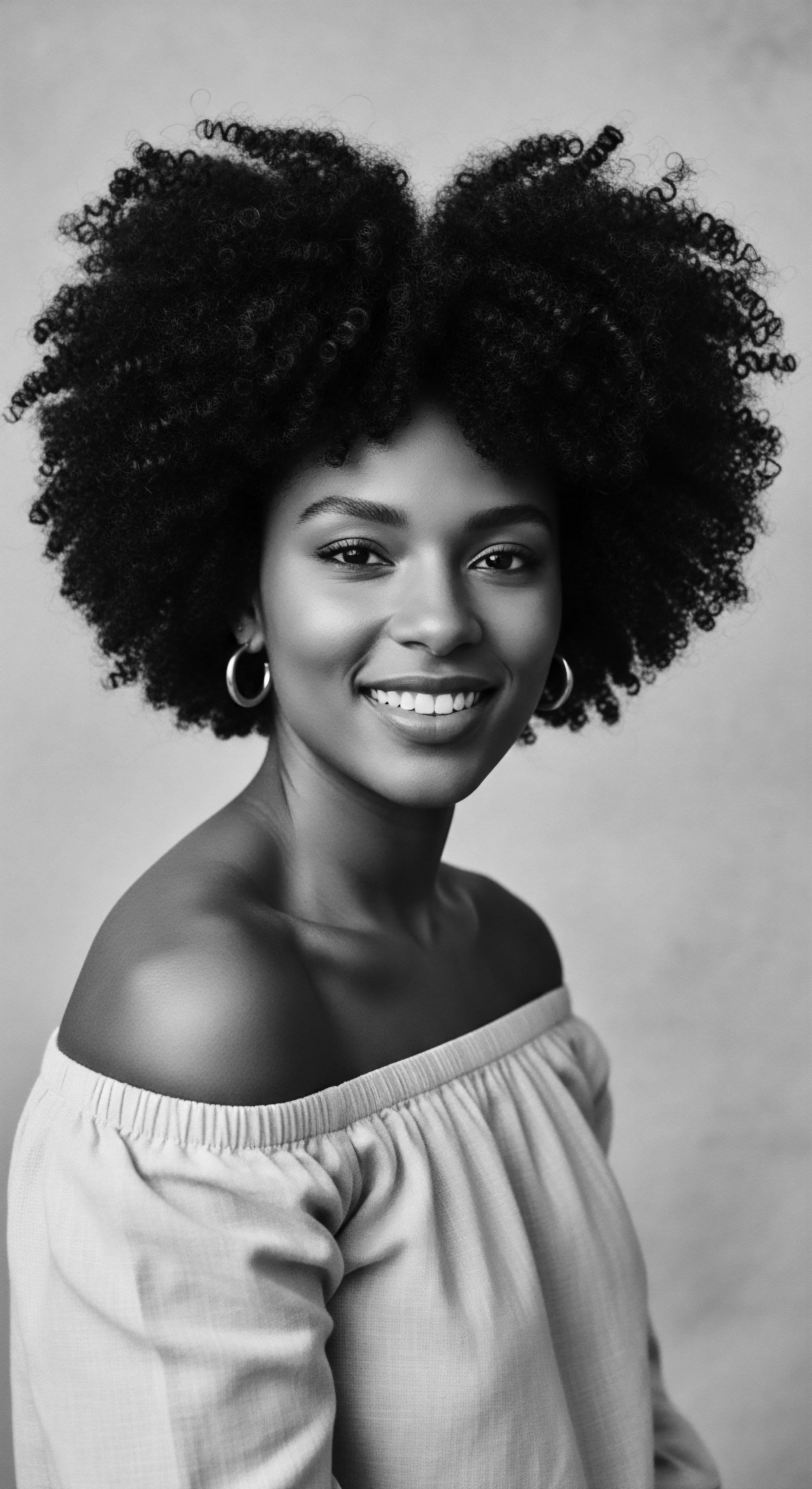
Roots
For those who carry the legacy of textured hair, the question of why it seems to break with such ease carries more than a simple scientific query. It echoes through generations, a whisper of experiences passed down, a memory of care rituals adapted and reclaimed. Every curl, every coil, every wave is a testament to survival, a living archive of resilience woven into its very being.
To truly grasp the propensity for breakage in textured hair, we must journey beyond the surface, beyond the fleeting trends, and trace its story back to elemental forms, to the very origin point of its intricate structure. This journey takes us through the deep history of ancestral hair, where its unique properties were understood not as a flaw, but as a signature of strength, adaptability, and cultural identity.
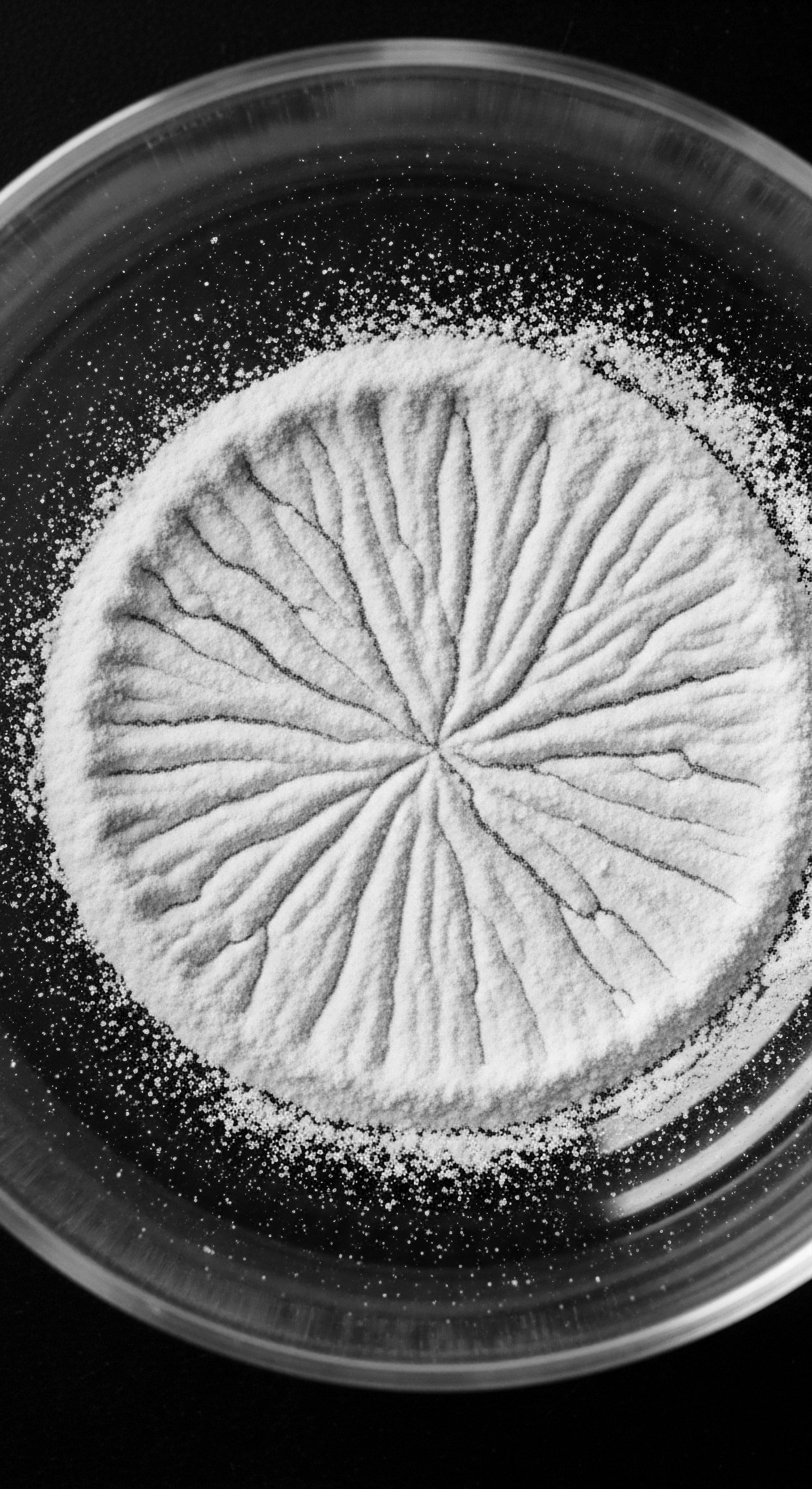
The Sacred Helix and Its Architecture
The core of textured hair’s propensity for breakage lies in its unique architectural blueprint. Unlike hair with a more cylindrical shape, textured hair often possesses an elliptical or flattened cross-section, causing it to grow in spirals or tight coils. This spiraling form, a marvel of natural engineering, creates points of curvature where the hair shaft bends and twists. At these natural curves, the outermost protective layer, the cuticle, is lifted more readily, exposing the delicate inner cortex.
A study in Cosmetics & Toiletries in 2020 highlights that tight curls, when subject to actions like brushing or combing, create internal shear forces that lead to cracks within the hair fiber, particularly in the cell membrane complex between cortical cells or between the cuticle and cortex. This inherent structural reality, while contributing to the hair’s magnificent volume and distinct appearance, also renders it more susceptible to mechanical stresses.
Consider, if you will, the journey of natural oils. On straighter strands, sebum, the scalp’s natural lubricant, glides down the shaft with relative ease. For textured hair, however, the path is a winding one, a labyrinth of bends and turns. This tortuous route means that the ends and mid-shafts of textured hair often receive less natural lubrication, leaving them drier.
Dry hair is, simply put, more brittle. This anatomical reality is a biological whisper from our collective past, a call to intentional care that honors its unique needs.
The intrinsic helical shape of textured hair, a signature of ancestral heritage, inherently creates points of fragility where the protective cuticle is more easily compromised.
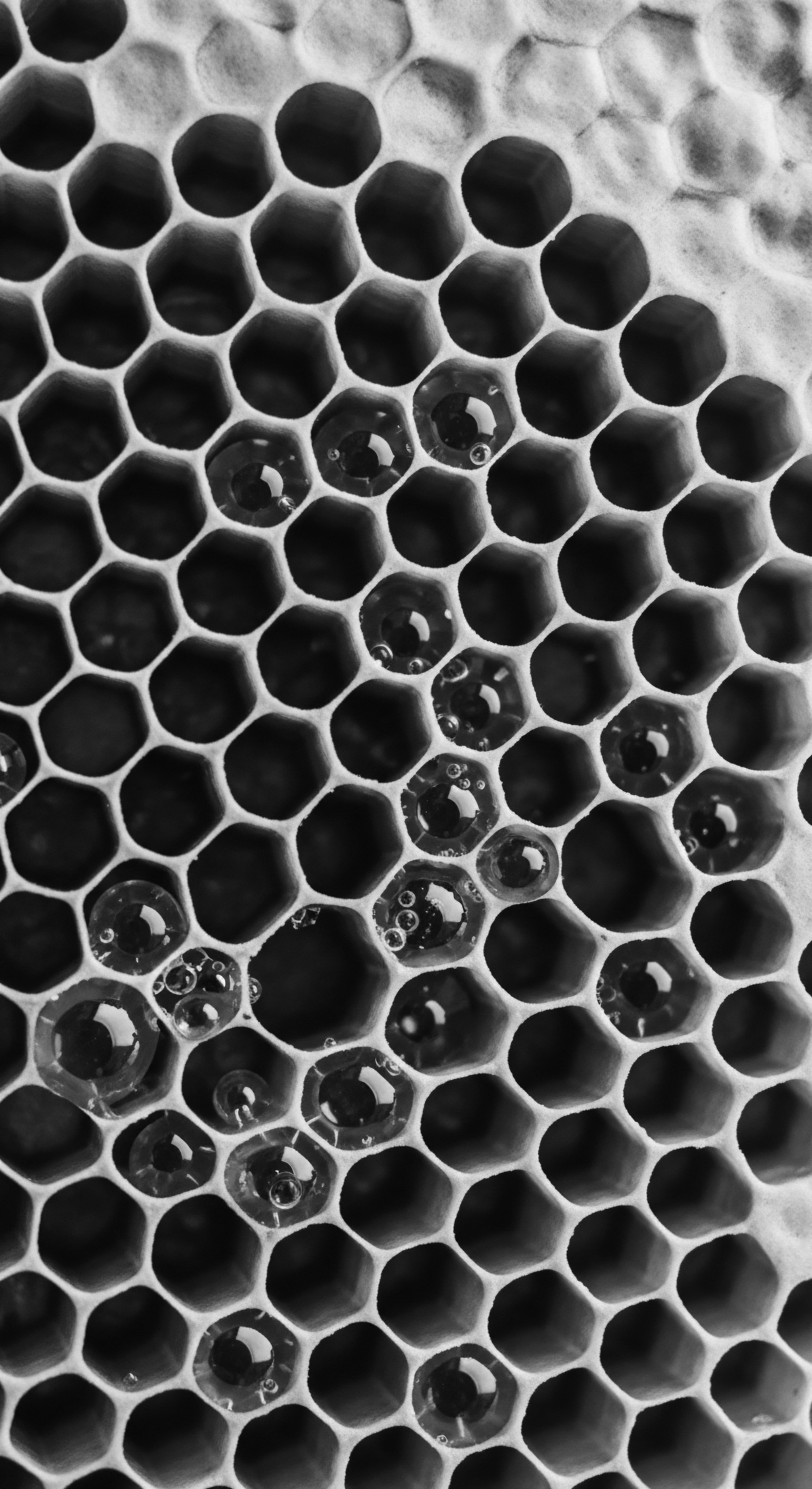
Ancestral Classifications and Understanding Hair
The modern world often relies on numerical classification systems, such as the widely recognized curl typing charts (e.g. 3A, 4C). While these can be useful for descriptive purposes, they often fall short in capturing the richness and meaning that diverse communities historically ascribed to hair. In many ancestral cultures, hair was categorized not just by its curl pattern, but by its symbolic weight, its texture upon touch, its capacity for adornment, and its connection to identity and spiritual well-being.
- Olubisi (Yoruba) ❉ Refers to hair that is plaited or braided, emphasizing the intentional shaping of hair.
- Nta (Igbo) ❉ Describes hair that is thick and abundant, often associated with vitality and beauty.
- Amakye (Akan) ❉ Denotes hair that is twisted or locked, carrying connotations of spiritual connection and longevity.
These terms reflect a holistic understanding of hair, where its physical characteristics were inseparable from its cultural and spiritual significance. The notion of “fragility” might not have been a primary descriptor, but rather an understanding of how best to maintain its vitality within specific cultural practices. For instance, the protective styles prevalent in ancient African civilizations were not merely aesthetic choices; they were deeply practical, safeguarding the hair from environmental rigors and minimizing manipulation that could lead to breakage.
The very concept of hair’s “strength” or “weakness” takes on a different hue when viewed through these ancestral lenses. It moves beyond a simple scientific measurement to encompass the strength of connection, the power of expression, and the resilience of a heritage passed through generations. The objective scientific findings about reduced tensile strength in Afro-textured hair (Franbourg et al. 2003) are not a mark of inherent defectiveness, but rather a call for care practices that honor its particular architecture.
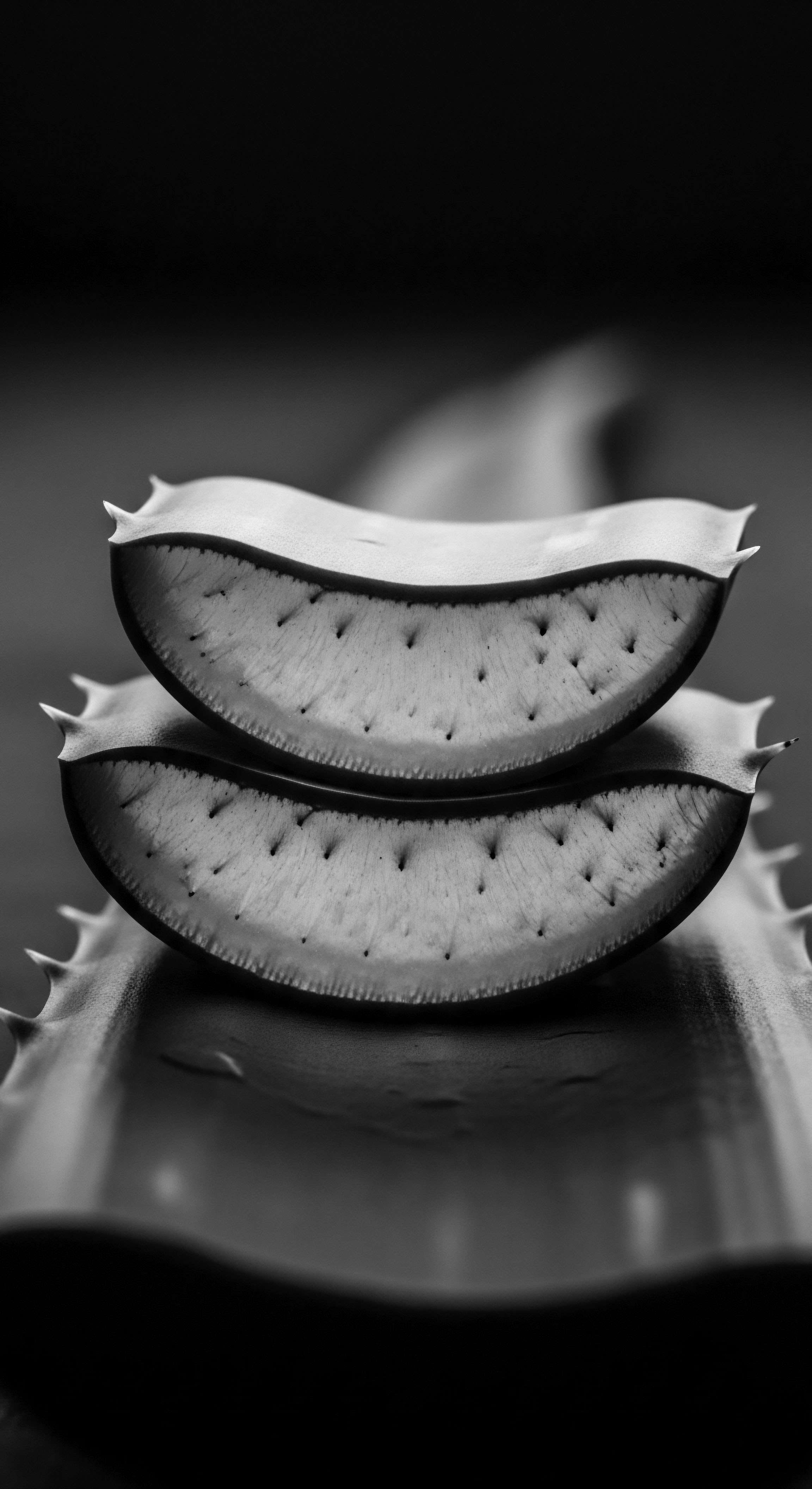
A Lexicon of Legacy ❉ Hair Growth Cycles and Historical Echoes
Understanding the hair growth cycle—anagen, catagen, and telogen phases—is universal, yet its experience varies. For textured hair, especially types with tighter coils, the perception of growth can be distorted by shrinkage. Hair grows, certainly, but its coiled structure means that length is often concealed. Historically, communities understood that hair grew, even if they lacked the precise scientific terms for cellular division.
Their practices, from regular oiling to gentle detangling, were aimed at preserving the length gained, knowing that each strand held inherent value. The average growth rate for African hair, about 0.9 cm/month, is slower than Caucasian hair, which grows about 1.3 cm/month, a factor that contributes to the perception of length retention challenges (Persadsingh, The Hair in Black Women).
Environmental and nutritional factors also played a role in hair health across different ancestral periods. Climates, access to diverse foods, and the physical demands of daily life all influenced hair vitality. Ancestral diets rich in locally sourced ingredients, often unrefined and nutrient-dense, likely provided the foundational building blocks for healthy hair. While modern science details the precise amino acid composition of hair keratin, our ancestors intuitively understood the connection between internal wellness and outward hair health, using a wealth of traditional foods and topical applications to support vibrant strands.
The history of textured hair is not a saga of inherent weakness. Instead, it is a testament to inherent difference, a unique physiological makeup that has been, and continues to be, shaped by a complex interplay of biology, environment, and, critically, the profound weight of human experience and heritage.
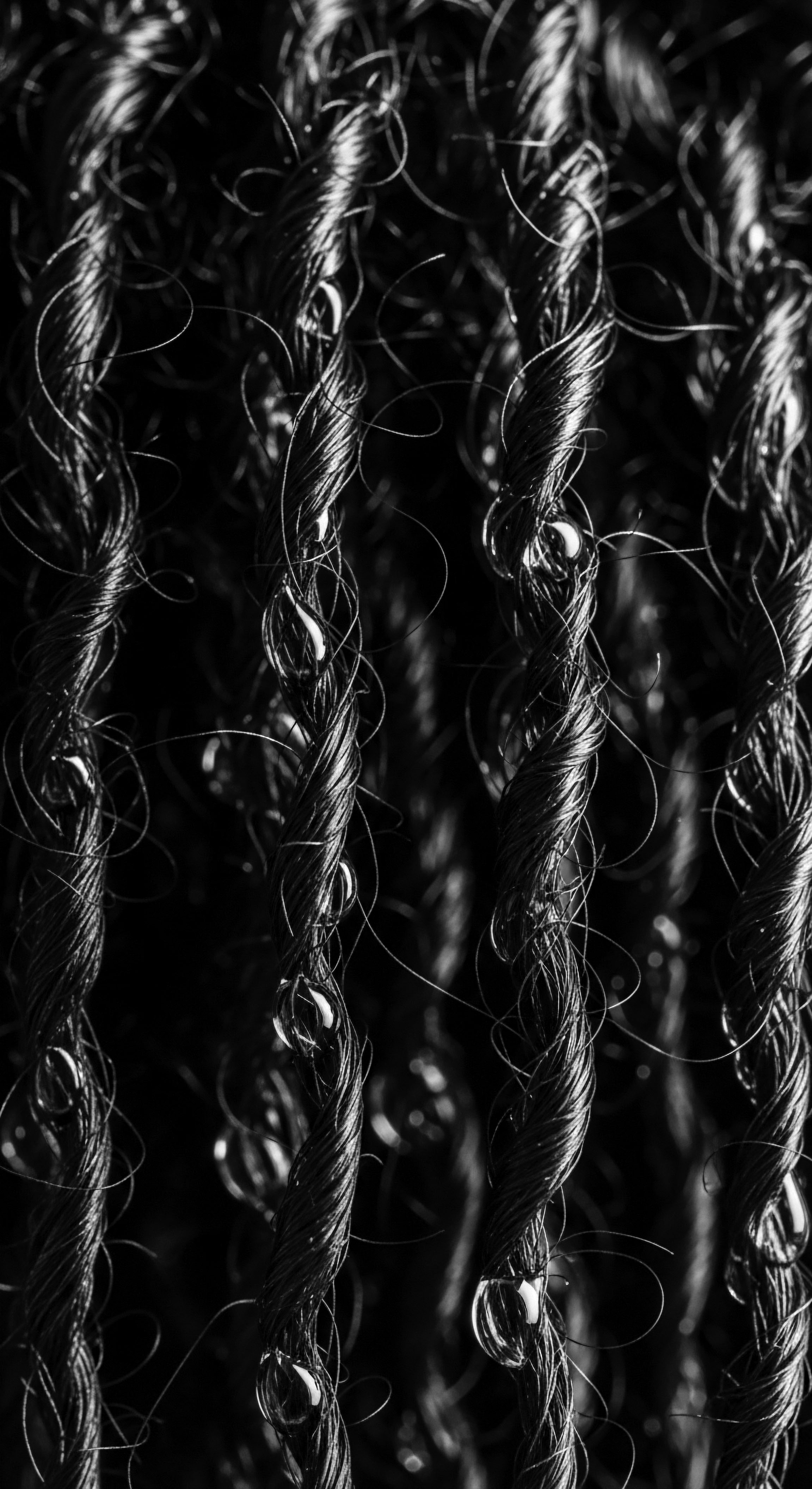
Ritual
The daily care of textured hair is, for many, a ritual. It is a series of deliberate actions, often slow and meditative, a connection to a legacy of self-tending passed down through generations. This ritual is not just about cleanliness or aesthetics; it is a profound engagement with heritage, a silent conversation with those who came before us, who also navigated the nuances of their coils and kinks. Understanding why textured hair breaks involves acknowledging how historical practices, often born of necessity and wisdom, sought to mitigate its particular vulnerabilities while honoring its distinct beauty.
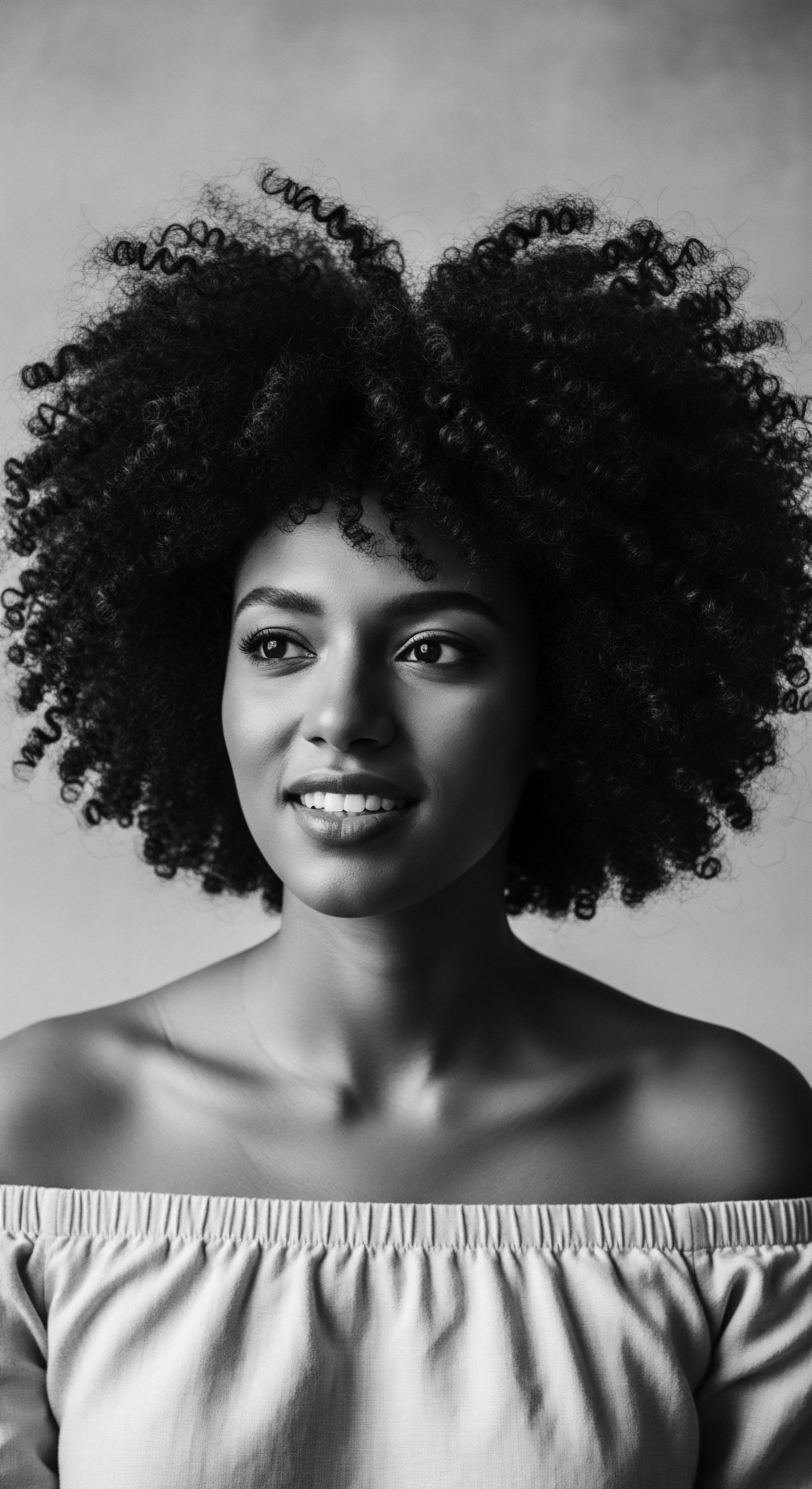
Protective Styles ❉ An Ancestral Art?
From the intricate cornrows depicted on ancient African sculptures to the versatile twists and plaits seen today, protective styles stand as a cornerstone of textured hair care. These styles, which tuck away the delicate ends of the hair, minimize exposure to environmental stressors and daily manipulation. They are, in essence, an ancestral solution to the inherent structural vulnerabilities of coiled strands.
Historically, styles like those seen on the Nok sculptures of Nigeria, dating back to 500 BC, were not just markers of status or identity; they served a practical purpose, safeguarding hair from breakage during strenuous work or long journeys. (History of Textured Hair, 2020) The act of braiding or twisting, therefore, holds a double meaning ❉ a cultural expression and a deeply practical act of preservation.
Research supports the efficacy of protective styles. They significantly reduce mechanical trauma from repeated combing and brushing, which are significant contributors to breakage in textured hair. A study published in DermNet highlights that chemically relaxed hair, which is already more fragile, particularly benefits from avoiding high-tension styles and excessive combing to prevent breakage.
When hair is coiled, it is more susceptible to tangling, which further increases the risk of mechanical damage during detangling sessions. Protective styles minimize this tangling, thereby preserving hair length and reducing the incidence of splits and fractures along the shaft.
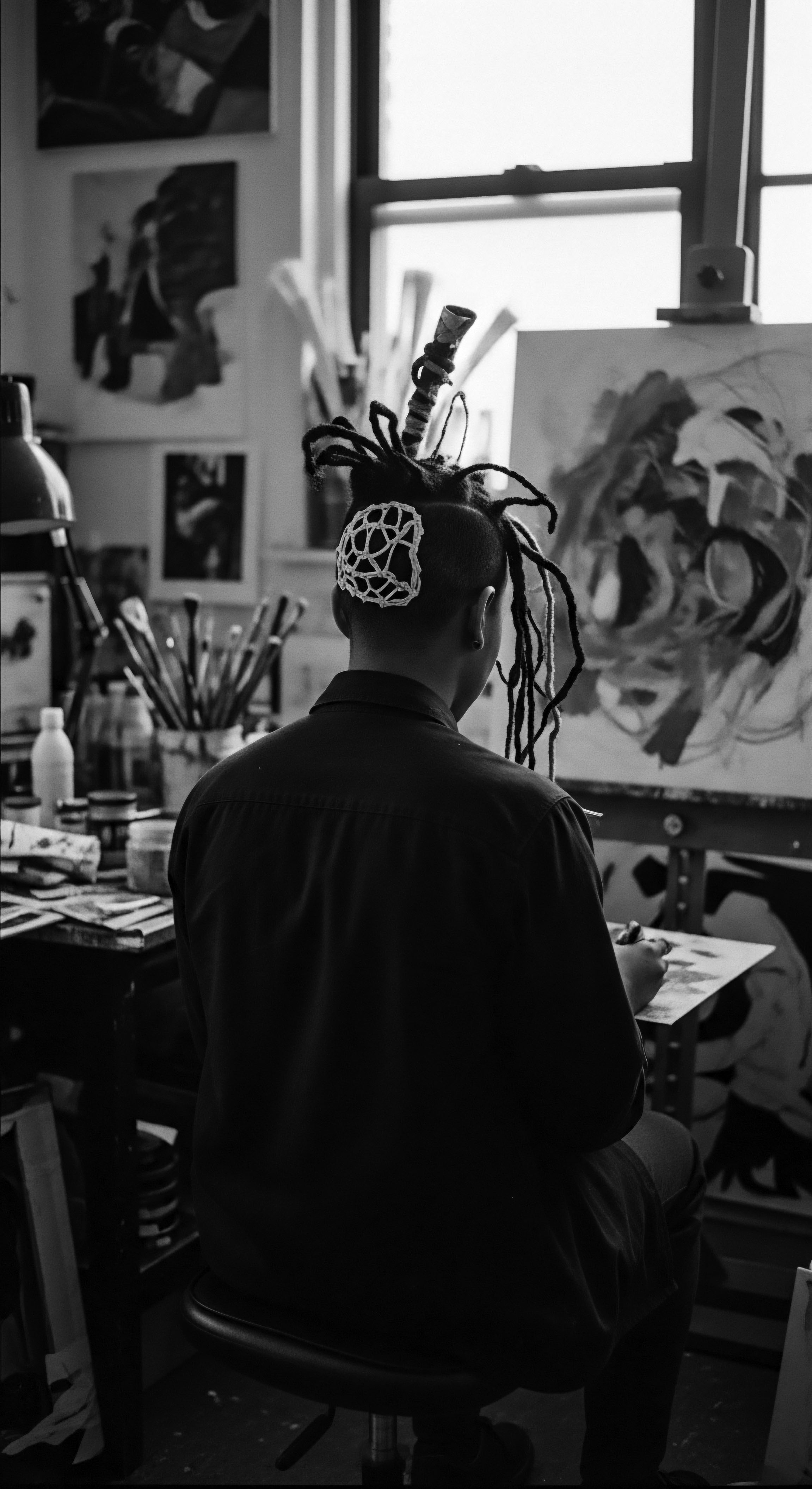
How Did Traditional Tools Inform Styling Habits?
The tools used in hair care rituals also inform our understanding of breakage. Modern plastic combs and brushes, while convenient, can be harsh on delicate coiled strands. Historically, tools were crafted from natural materials, often possessing a gentler touch.
- Wooden Combs ❉ Often wide-toothed and hand-carved, these tools distributed natural oils without harsh snagging.
- Fingers ❉ The most ancient and perhaps most gentle tool, finger detangling, was, and still is, a common practice, minimizing force and allowing for careful untangling.
- Fibers and Ropes ❉ Used in ancient Egypt and other African societies for braiding and coiling hair, these materials provided structure and minimal tension.
The use of these tools was often paired with emollients and lubricants derived from the earth. Shea butter, coconut oil, and various plant extracts were applied not just for shine, but to create slip, reduce friction, and cushion the hair against potential damage from manipulation. These ancestral practices reveal an intuitive understanding of how to work with, rather than against, the hair’s natural inclinations.
The enduring practice of protective styling reflects a profound ancestral wisdom, acknowledging the unique fragility of textured hair and safeguarding its integrity through thoughtful manipulation.
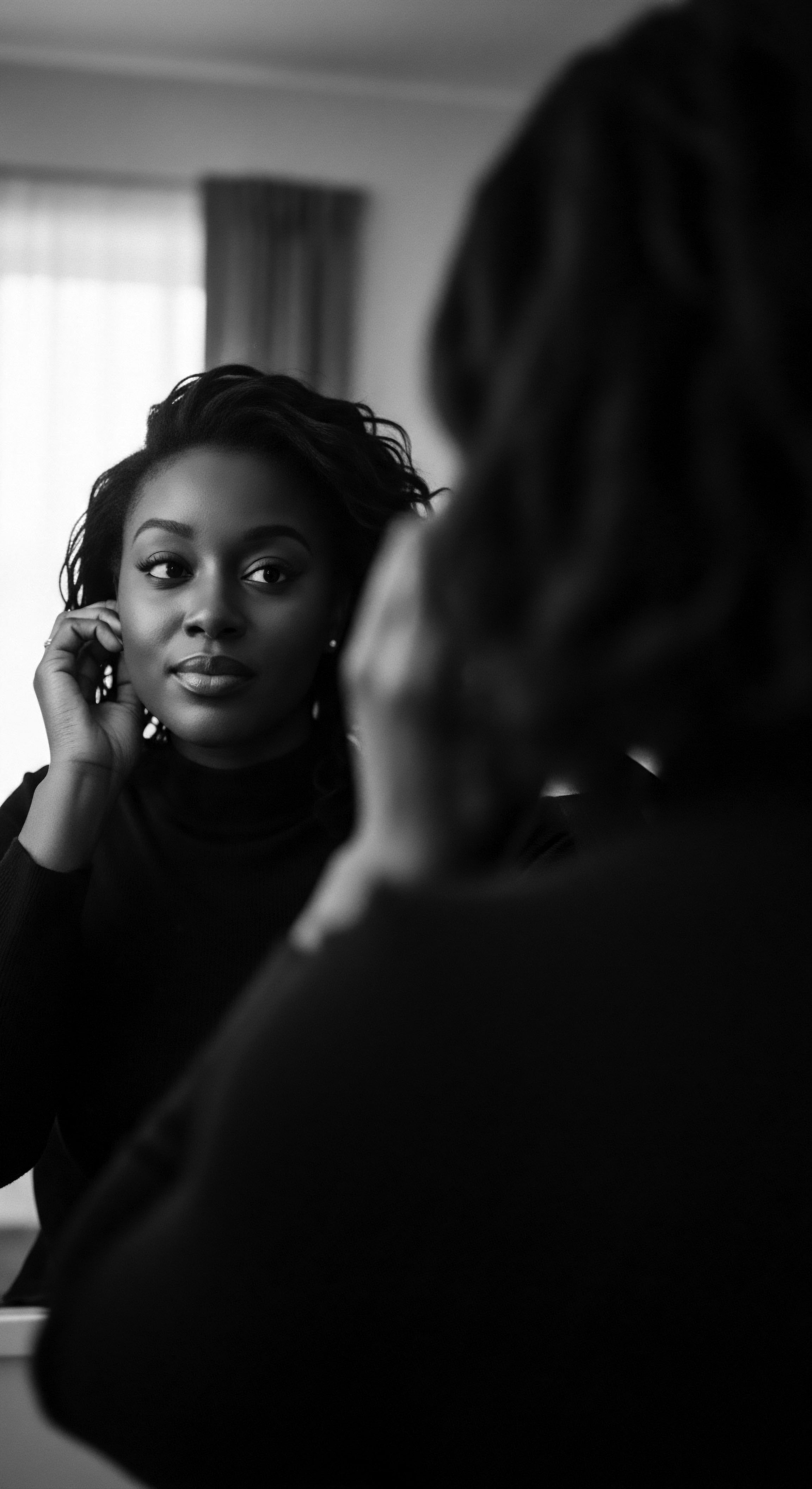
The Interplay of Chemical and Thermal Transformations
The desire for different aesthetics is not new; throughout history, people have sought to alter their appearance. However, the introduction of chemical and high-heat styling methods has undeniably altered the landscape of textured hair care, often introducing new vulnerabilities to breakage. Chemical relaxers, for example, permanently restructure the hair’s disulfide bonds, rendering the hair straightened but also significantly weaker. A study on the mechanical properties of curly hair found that chemical straighteners, especially those containing formaldehyde, significantly decrease hair’s break stress and extension, leading to substantial damage.
(Mokudai et al. 2017) This weakening makes hair more prone to damage from even routine grooming.
Similarly, excessive heat styling, while offering temporary straightness, can cause cumulative damage. High temperatures can boil water within the hair shaft, leading to internal cracks and bubble hair, which drastically reduces hair strength. The historical adoption of these methods, particularly within communities seeking to conform to Eurocentric beauty standards (as highlighted by the NAACP, 2022), often led to unforeseen consequences for hair health, creating a cycle of damage and increased breakage. This modern challenge contrasts sharply with ancestral methods that sought to work with and preserve the hair’s inherent structure.
The history of textured hair is not merely one of adaptation, but of constant negotiation with external pressures and internal desires. The rituals of care, both ancient and evolving, reflect this complex dance, striving always to maintain the vitality of a living legacy.
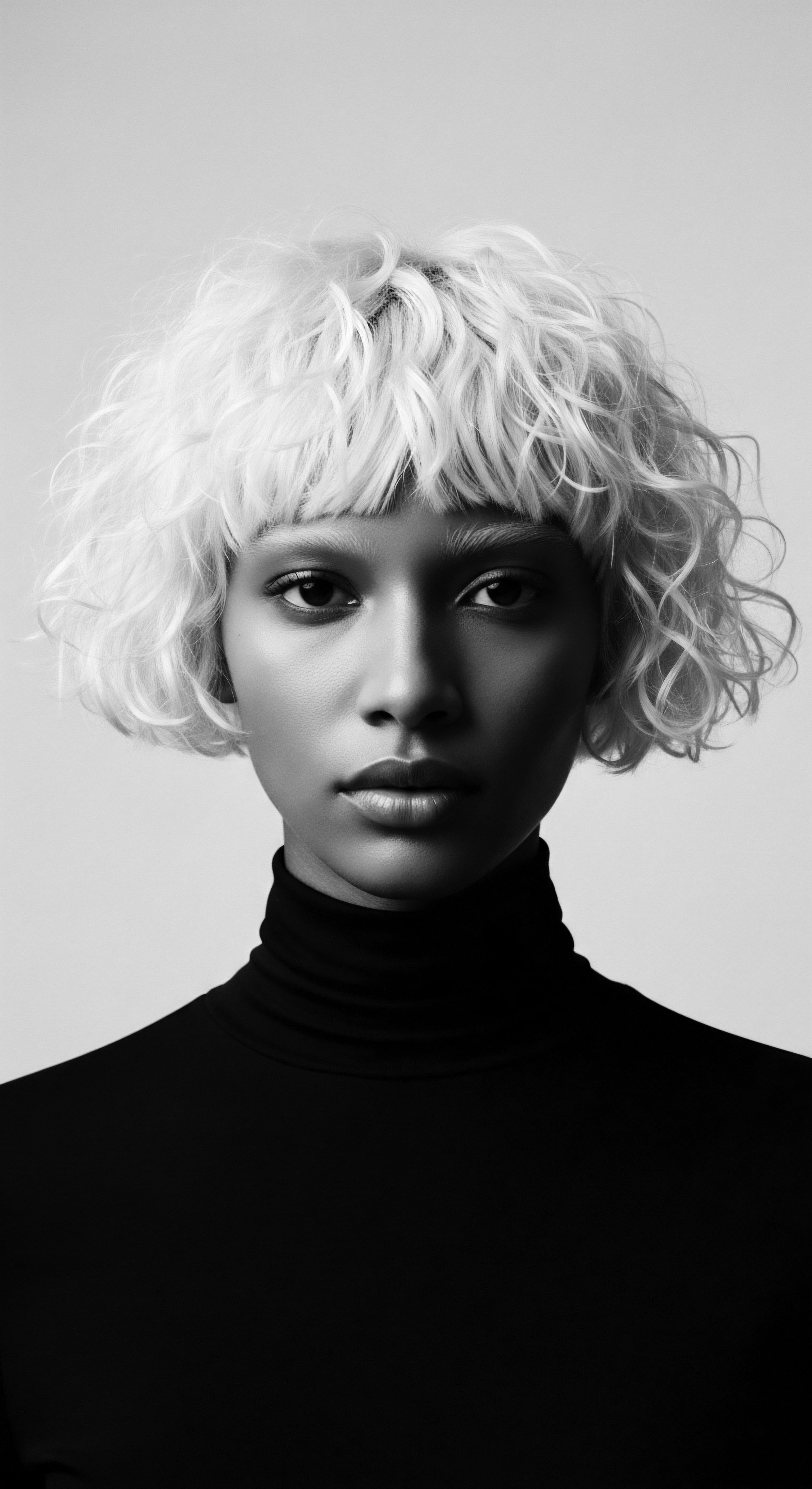
Relay
The conversation surrounding textured hair’s propensity for breakage stretches beyond its biological architecture or the hands that tend to it. It becomes a dialogue of ancestral memory, a relay race of knowledge passed through epochs, each stride influenced by the terrain of cultural context, societal pressures, and the unyielding spirit of those who wear their crowns with pride. To truly grasp the phenomenon of breakage, we must scrutinize the intricate web of socio-historical factors that have, at times, exacerbated this inherent vulnerability.
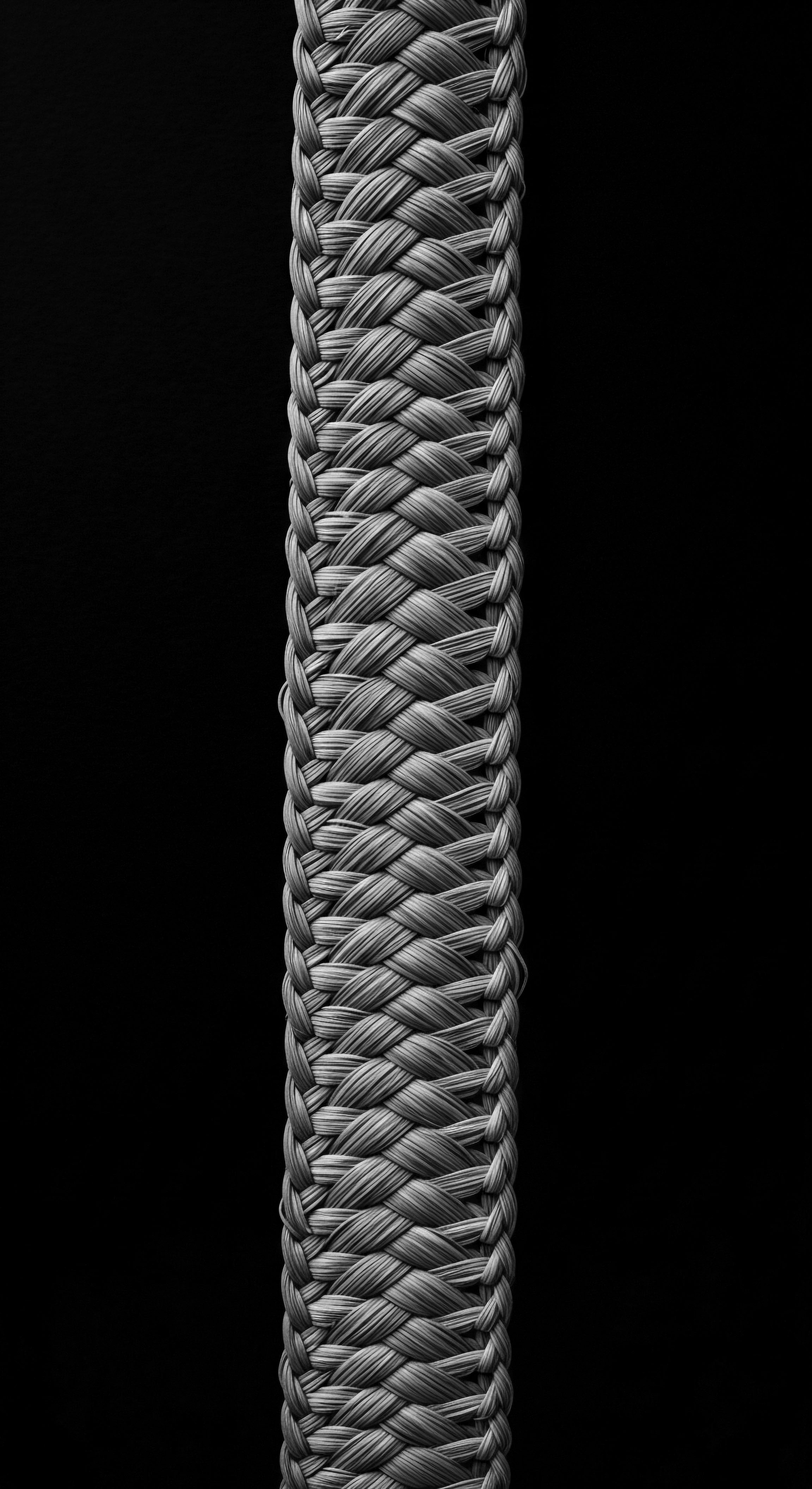
How Does Discrimination Affect Hair Strength?
The impact of hair discrimination, a contemporary echo of historical marginalization, adds a layer of complexity to the discussion of breakage. In many spaces, particularly professional or academic settings, Eurocentric beauty standards have historically pressured individuals with textured hair to alter their natural curl patterns. This pressure often translates into practices that induce damage, such as frequent chemical relaxing or excessive heat straightening.
The NAACP (2022) points out that policies banning or restricting natural Black hairstyles are a form of race discrimination, often leading to physical harm like breakage, loss, and scalp damage due to forced conformity. This forced alteration, far from being a benign choice, often introduces significant stress to the hair shaft.
Consider the cumulative damage ❉ chemical treatments weaken the hair’s internal protein structure, reducing its tensile strength. Repeated heat application dehydrates the hair, making it brittle. These external forces, driven by societal norms, amplify the hair’s natural susceptibility to breakage. The psychological toll of hair discrimination also has a tangible effect.
Stress, anxiety, and depression can manifest in hair-related issues, including shedding and increased fragility. As Bounce Black (2024) observed, Afro-textured hair is naturally drier and more fragile, and stress exacerbates these issues, contributing to increased breakage. This creates a feedback loop ❉ societal pressure leads to damaging practices, which cause physical hair damage, which then impacts mental wellbeing, further contributing to a cycle of breakage. This connection underscores that the discussion of hair health is inseparable from its social environment.
| Aspect of Care Methodology |
| Ancestral Practices (Pre-1900s) Utilized natural oils, butters, herbal rinses, and manual shaping (braids, twists). |
| Modern Chemical Treatments (Post-1900s) Employed chemical relaxers (lye/no-lye), permanent waves, keratin treatments. |
| Aspect of Care Impact on Hair Structure |
| Ancestral Practices (Pre-1900s) Strengthened outer cuticle, added moisture, minimized physical stress. |
| Modern Chemical Treatments (Post-1900s) Chemically altered disulfide bonds, often leading to internal structural compromise. |
| Aspect of Care Breakage Incidence |
| Ancestral Practices (Pre-1900s) Lower, primarily from environmental wear or rough handling; mitigated by protective styles. |
| Modern Chemical Treatments (Post-1900s) Higher, due to altered mechanical properties and increased brittleness. (Tang, 2011) |
| Aspect of Care The shift from natural, protective ancestral methods to widespread chemical alteration introduced new variables in hair's susceptibility to breakage. |

What Can Science Teach Us About Hair’s Ancestral Vulnerability?
Modern scientific inquiry provides a microscopic lens through which to observe the inherent characteristics of textured hair that contribute to breakage. Studies consistently show that Afro-textured hair exhibits lower tensile strength when compared to Asian or Caucasian hair. Franbourg et al.
(2003) noted that African hair presents a high degree of irregularity in diameter along the shaft and an elliptical cross-section, with African hair generally possessing less tensile strength and breaking more easily. This is not a judgment of inferiority but an objective observation of distinct biomechanical properties.
One might consider the unique morphology of the hair shaft. The tight coiling means that forces applied during everyday grooming—combing, brushing, styling—are not evenly distributed along the hair fiber. Instead, these forces concentrate at the bends and turns of the coil, creating localized stress points. A single fiber tensile study showed that hair’s break stress decreases with an increase in curliness, as defined by the eight-point Loussouarn scale, suggesting that curls and twists create stress concentrations and weak points when hair is stretched.
These repeated stresses over time lead to structural fatigue, manifesting as internal cracks that eventually cause the fiber to fracture. This explains observations of trichorrhexis nodosa (nodules of breakage along the shaft) and split ends occurring even in virgin, untreated textured hair.
Furthermore, microscopic analyses have revealed differences in the cuticle layers. African hair may have a varying number of cuticle layers along its major and minor axes, with fewer layers on the major axis (D. Tang, 2011). The cuticle is the hair’s primary defense, and any inconsistencies in its coverage can compromise the strand’s integrity.
When the cuticle is slightly lifted, the internal structure is exposed, leaving the hair vulnerable to damage and dehydration. (Redken, 2022) This inherent structural predisposition, combined with environmental factors like UV radiation (African hair has shown weaker resistance to UV irradiation than other groups) and the rigors of mechanical manipulation, creates a cumulative effect that increases breakage.
The interplay of genetics, environment, and grooming practices forms a complex equation. Understanding this equation, however, is not about labeling hair as “fragile” in a demeaning sense, but about recognizing its distinct biological needs and advocating for practices that honor its ancestral design. The wisdom of our forebears, who used natural emollients like shea butter and castor oil to coat and protect the hair (Lucky Heart Cosmetics, 2024), aligns with modern scientific understanding of cuticle sealing and moisture retention.
The journey of textured hair is a testament to an enduring spirit, its very existence a relay of heritage and resilience. The challenges of breakage, when viewed through this lens, become not a deficit, but a call to deepen our respect for its unique story.
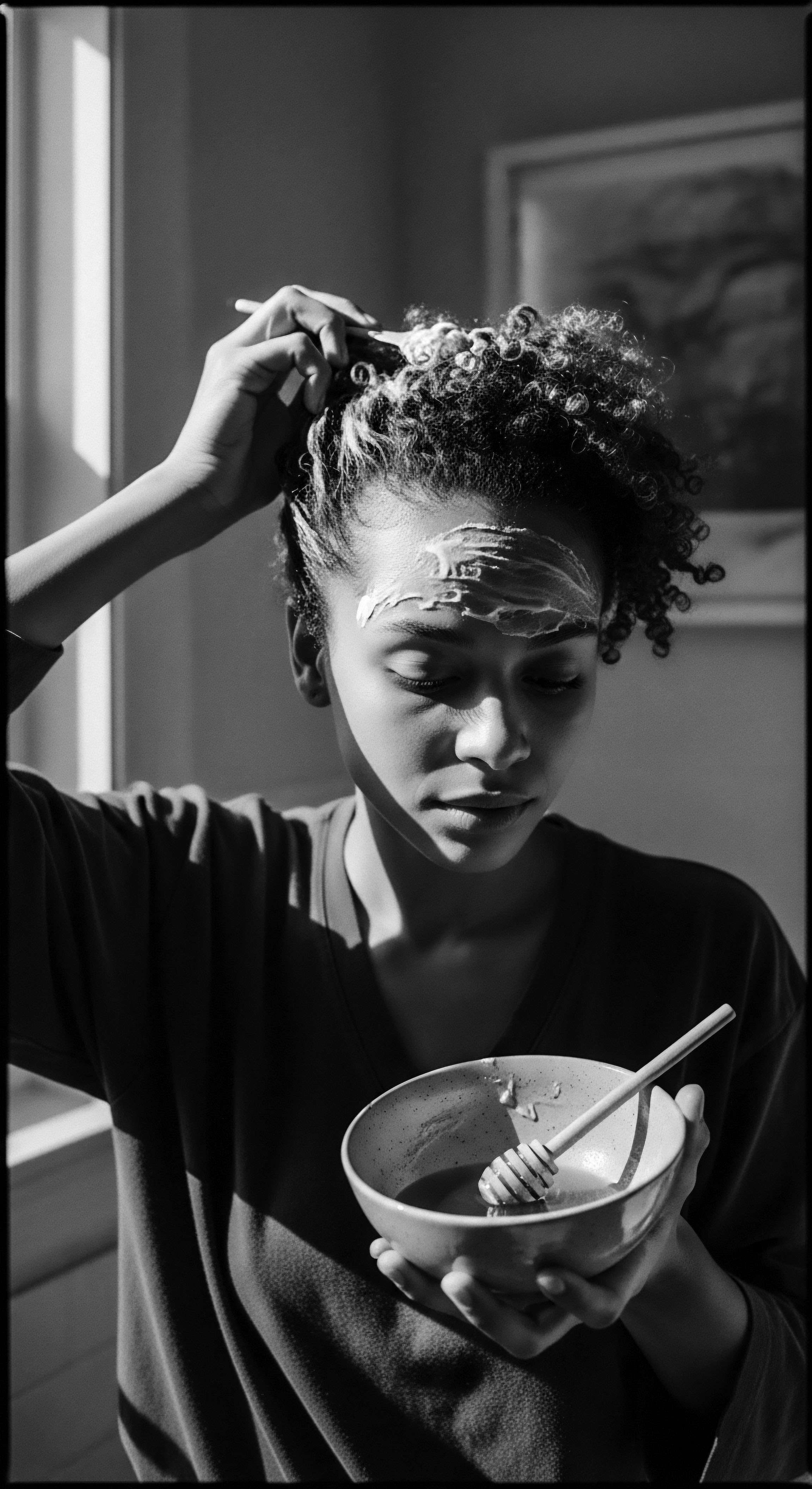
Reflection
To journey through the story of textured hair and its propensity for breakage is to understand that a strand is never simply a strand. Each coil holds a chronicle, a living archive of human experience, scientific marvel, and cultural determination. We have traced the intrinsic architecture of the hair fiber, revealing how its very design, a testament to evolutionary adaptation, also presents unique points of mechanical vulnerability.
We have walked through the historical pathways of ancestral care, witnessing how communities, through generations, devised ingenious rituals and protective stylings, not in response to perceived weakness, but in celebration of their hair’s distinct character. And we have grappled with the undeniable impact of societal pressures, where the demand for conformity often led to practices that undermined the very health of these magnificent crowns.
The exploration of breakage, then, is not an endpoint, but a beginning. It is an invitation to look at textured hair with renewed eyes—eyes that appreciate its resilience, its deep connection to identity, and the wisdom embedded in its care traditions. The conversation is less about an inherent flaw and more about an inherent difference, one that calls for understanding, respect, and a return to practices that truly nourish the soul of a strand.
Our responsibility, in this era of expanded knowledge, is to champion a future where every individual can honor their textured hair, free from the burdens of historical misconceptions or damaging beauty standards. This enduring legacy, passed from elder to child, from past to present, continues to tell a story of beauty, strength, and unwavering spirit.
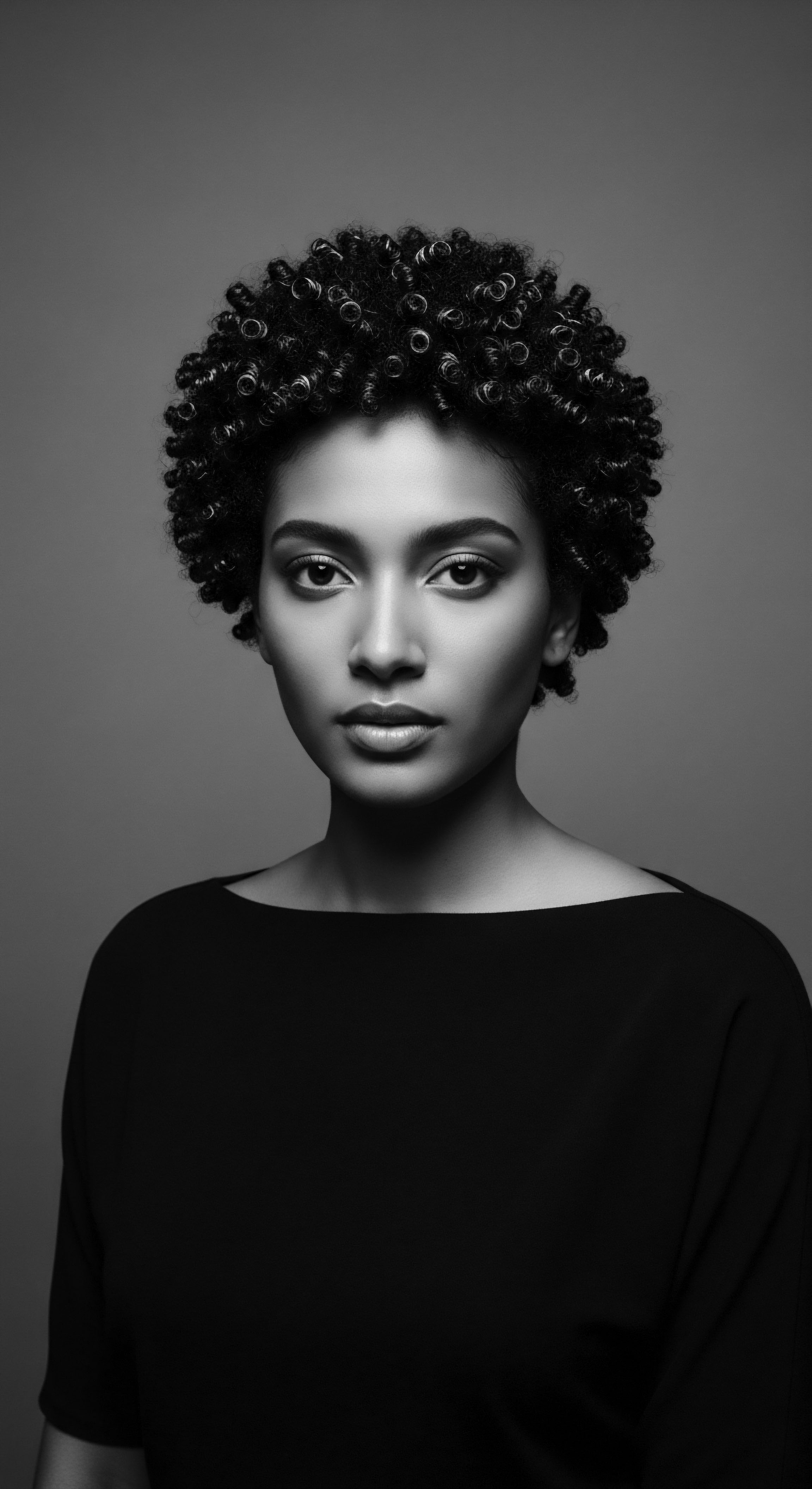
References
- Franbourg, A. Hallegot, P. Baltenneck, F. Toutain, C. & Leroy, F. (2003). Current research on ethnic hair. Journal of the American Academy of Dermatology, 48(6), S115-S119.
- Laatsch, A. Laatsch, M. Robbins, C. & Hopt, A. (2020). Defying Damage ❉ Understanding Breakage in Afro-textured Hair. Cosmetics & Toiletries, 135(1).
- Mokudai, N. Shibusawa, T. Hatta, T. & Obata, Y. (2017). Mechanical characterization of curly hair ❉ Influence of the use of nonconventional hair straightening treatments. International Journal of Cosmetic Science, 39(1), 74–80.
- National Association for the Advancement of Colored People (NAACP). (2022). Hair Discrimination is Race Discrimination. Retrieved from NAACP.org .
- Persadsingh, N. (2011). The Hair in Black Women. Springer.
- Redken. (2022). Science of Curly Hair. Retrieved from Redken.com .
- Tang, D. (2011). African-American Hair Damage Study. L’Oréal Institute for Ethnic Hair and Skin Research .
- Wong, N. Williams, K. Tolliver, S. & Potts, G. (2025). Historical Perspectives on Hair Care and Common Styling Practices in Black Women. Cutis, 115(3).
- Yacobi, M. (2020). The History of Textured Hair. Colleen.ai .
- Lucky Heart Cosmetics. (2024). What Ingredients Make the Best Black Hair Care Products? Retrieved from LuckyHeartCosmetics.com .
- The Kurl Kitchen. (2024). The Uniqueness of Curly Hair ❉ Embracing Texture and Heritage. Retrieved from TheKurlKitchen.com .
- DermNet. (2021). Hair care practices in women of African descent. Retrieved from DermNetNZ.org .
- Bounce Black. (2024). Hair and Mental Health. Retrieved from BounceBlack.com .
